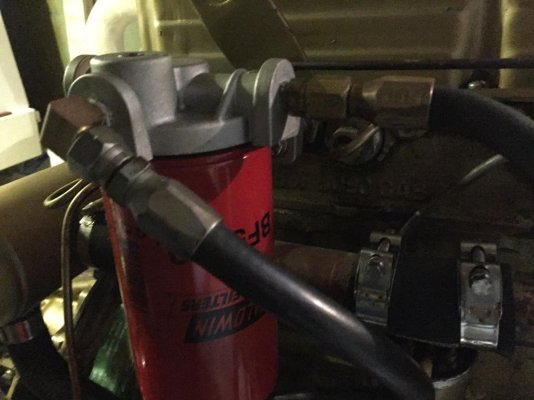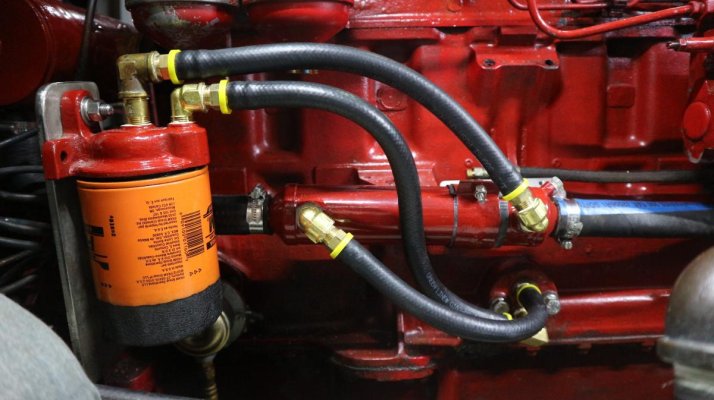CharlieO.
Guru
- Joined
- Sep 21, 2020
- Messages
- 1,570
- Location
- Lake Champlain Vermont, USA
- Vessel Name
- Luna C.
- Vessel Make
- 1977 Marine Trader 34DC
Ford Lehman 120.
Changing all filters on the engine, fuel filters, Racor filter and oil change. Also changing oil in injector pump and have a new rocker box gasket to install.
This is my first time doing these tasks, anything I need to take into consideration before I start? I have one of those West Marine manual pumps for getting the oil out.
Thanks
Changing all filters on the engine, fuel filters, Racor filter and oil change. Also changing oil in injector pump and have a new rocker box gasket to install.
This is my first time doing these tasks, anything I need to take into consideration before I start? I have one of those West Marine manual pumps for getting the oil out.
Thanks


